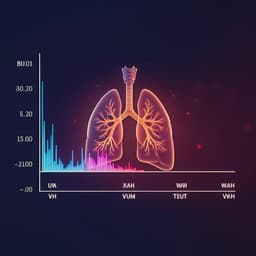
Health and Fitness
Evaluation of physical health status beyond daily step count using a wearable activity sensor
Z. Xu, N. Zahradka, et al.
This study reveals the potential of Fitbit data beyond simple step counts, highlighting its use in assessing physical health in individuals with Pulmonary Arterial Hypertension. The authors, including Zheng Xu and Nicole Zahradka from Johns Hopkins University, found significant correlations between various Fitbit metrics and clinical parameters, suggesting wearable technology can provide critical insights into health monitoring.
Playback language: English
Related Publications
Explore these studies to deepen your understanding of the subject.







